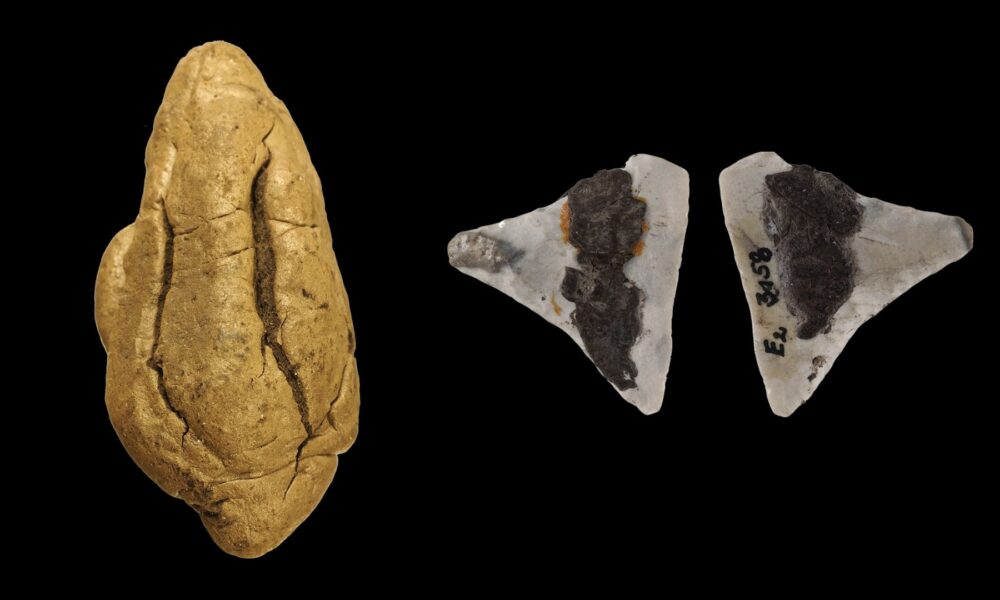A recent study conducted by researchers from the University of Copenhagen has shed light on the gender roles of Neolithic communities in Europe through the analysis of ancient birch tar artifacts. These artifacts, believed to have been used similarly to chewing gum, date back over 6,000 years and provide insights into the daily lives of early humans.
The research team, led by Anna White, examined 30 pieces of birch tar from nine sites in the European Alps. Twelve of these artifacts were identified as loose wads, showing signs of chewing. While the precise reasons for chewing this tar remain uncertain, it is thought to have had medicinal applications due to its natural antimicrobial properties.
The study also highlights the versatility of birch tar, which is recognized as the oldest synthetic material in the world. Neolithic communities utilized this sticky substance not only for chewing but also for various practical purposes, such as crafting stone blades, repairing pottery, and possibly even as a daily snack.
Uncovering Gendered Practices
The researchers successfully extracted DNA from 19 samples of the tar, allowing them to piece together the roles of different genders in Neolithic society. Some samples contained DNA from plants like linseed (Linum usitatissimum) and poppy seeds (Papaver somniferum), raising questions about their use—whether as food or for their psychoactive effects.
The analysis revealed that male DNA was present in tar used as an adhesive on ten stone tools, while female DNA was found in tar associated with three pottery items. This suggests that men were primarily responsible for tool-making, while women engaged in pottery production during the Neolithic Age. The findings provide a rare glimpse into the division of labor among genders during this time.
Researchers also noted that chewing may have played a role in softening the tar to make it easier to work with, as the substance hardens when cooled. However, the saliva introduced during chewing can lessen the adhesive properties of the tar, which can only be restored through reheating. This may explain the lower amounts of oral microbial DNA found in the hafted samples compared to the chewed pieces.
A Unique Window into Prehistory
Human remains from the Neolithic period are scarce, making the analysis of ancient chewing gum an invaluable tool for understanding prehistory. The research findings were published in the Proceedings of the Royal Society B, emphasizing the significance of this study in uncovering aspects of early human life that would otherwise be lost to time.
This innovative approach to studying gender roles and daily life in ancient societies underscores the potential of interdisciplinary research in archaeology. As researchers continue to unravel the mysteries of the past, the analysis of everyday artifacts like birch tar may provide further insights into the complex social structures of our ancestors.






